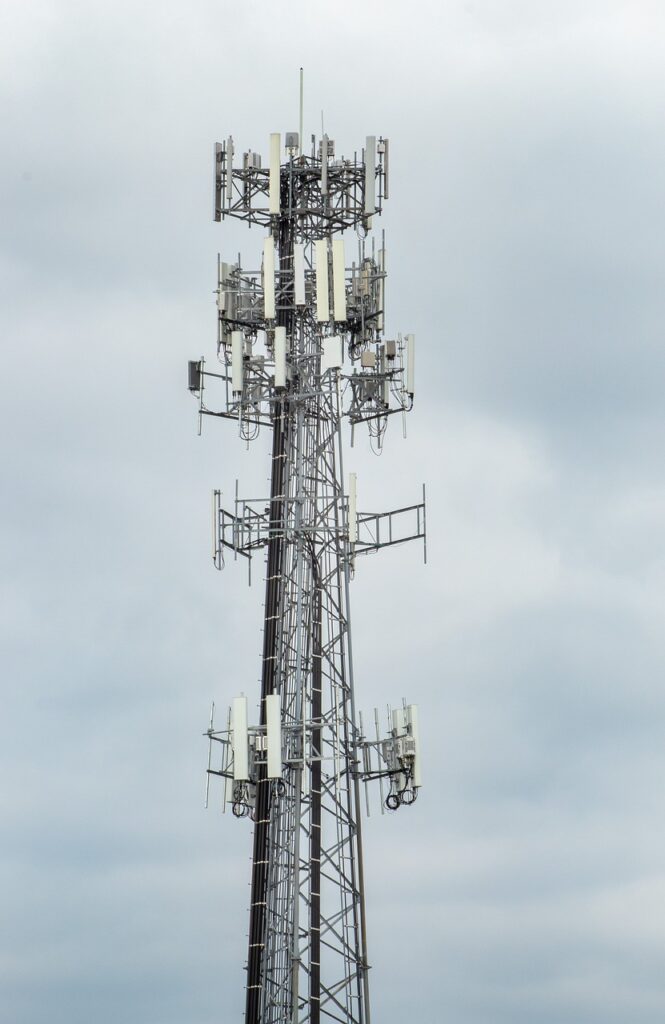Cellular Solutions
Problem:
Phones are an integral part of our lives but too often they don’t work inside buildings. Newer technologies like 5G require strong signals, while building materials like energy efficient, low-e glass block signals.

Solution:
We will provide a turnkey solution that meets the needs of your building and organization, keeping your people safer and more connected.

Schedule a consultation:
Coverage assessments
Measuring signal strength and quality to understand the problem and help formulate solutions
Budgeting
Provide budgetary estimates of what a solution might cost for planning purposes
RF designs
CAD modeling of the solution to ensure performance requirements are met
Turnkey system construction
Design, electronics, material, and installation
Coordination with wireless carriers
Some solutions will require the carriers to provide the signal source and/or provide permission to operate on their network
Maintenance and support
Troubleshooting, parts replacement, preventive maintenance, and remote monitoring

FAQ
What is low-e glass and what impact does it have on cellular signals?
Low-e glass improves the energy efficiency of a building primarily by providing a thin metal coating on the glass. Low-e glass is prevalent on most commercial construction, especially LEED certified buildings. The unintended consequence is that the metal coating reflects wireless signals, typically lowering the signal by 20-30 dB, which is higher loss than concrete.
Why don't the carriers fix their own coverage problems?
The carriers only have the capital, time, and energy to provide DAS solutions in large venues (airports, stadiums, casinos, etc.) and their larger customer accounts. Also, building owners tend to want improved service for all carriers, which is not as compelling for any one carrier.
What are Part 20 Repeaters/Signal Boosters?
Part 20 repeaters are considered consumer devices and are tantamount to being pre-approved for operation on the Carrier’s networks if the device is registered. The key advantage is that a solution can be deployed quickly, unlike Part 90 repeaters (industrial), which are unlikely to be approved or base stations, which have much longer lead time.
What are some of the different types of solutions?
Broadly speaking, solutions fit into the classification of Part 20 repeaters or fiber-based DAS. Part 20 solutions are a good fit for small and medium sized buildings and provide excellent voice performance and moderate data speeds. Fiber-based DAS can scale to extremely large buildings and can offer the highest data rates.
